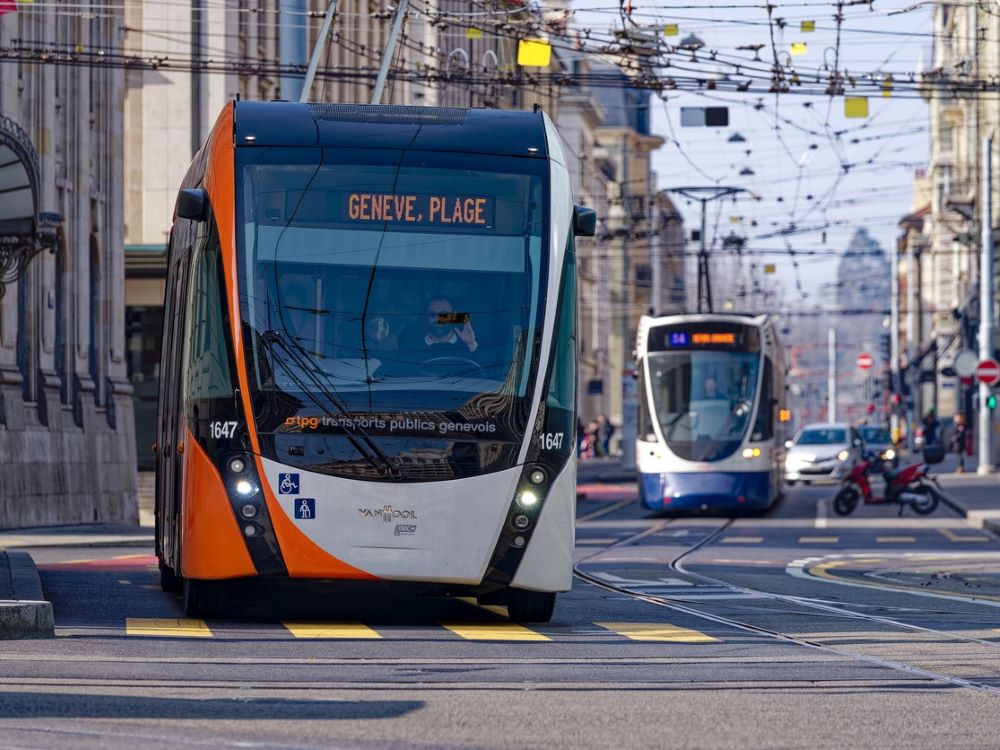In recent years, there have been numerous incidents of aggression towards bus drivers on the road, primarily from passengers on board city buses. This has not only created a hostile environment for drivers but also makes it challenging for them to do their job efficiently. However, one solution that has been deemed effective in reducing aggression towards bus drivers is the implementation of driver protection barriers.
Bus drivers are often at the forefront of public transportation and are responsible for safely getting passengers to their destination. Unfortunately, because of their position, they are more susceptible to verbal and physical attacks from unruly passengers. These attacks can range from verbal abuse, threats, and even physical assault.
According to the Transport Workers Union of America “in the US, at least one transit worker is assaulted during their shift every day and in some localities the average can be more than 5 assaults each day.”
A driver protection barrier is a viable solution; the barrier is essentially a structure that is installed between the driver’s seat and the passengers, which acts as a barricade to prevent passengers from reaching the driver. It is made of sturdy glass or plastic, which is difficult to penetrate. The bottom part of the barrier is generally made of metal, or composite which is lighter.
The implementation of driver protection doors has shown significant improvements in the safety of bus drivers. It not only provides physical protection but also acts as a psychological deterrent to potential aggressors. This has led to a drastic decrease in incidents of aggression towards bus drivers.
The decline in the number of assaults involving Ottawa bus drivers is being attributed to the installation of protective barriers on buses, according to both OC Transpo and the union representing bus drivers. According to data shared with CTV News Ottawa, there were 34 incidents of assault on bus drivers during the first nine months of 2022, compared to 38 incidents in 2021. This represents a significant decline from the 65 incidents in 2020 and 87 incidents in 2019. Clint Crabtree, the President of Amalgamated Transit Union Local 279, attributed the decrease in these incidents to the installation of barriers and shields on buses in recent years. “The numbers were pretty high until we installed barriers on the buses,” Crabtree noted in his interview with CTV News Ottawa.
Apart from reducing the risk of driver attacks, the driver protection barrier also has other benefits.
- Provides Quieter Rides: It provides a quieter ride for passengers, as it reduces noise from traffic, and decreases vibrations from the engine. Thus, passengers can enjoy a more comfortable and peaceful ride.
- Protects Against Viruses: It protects drivers and passengers from potential health threats including virus transmission, making for a more hygienic environment to all.
- Less Distractions: It creates a driving environment that eliminates unnecessary distractions, building confidence and focus for the driver.
- Reduced Stress: By providing a physical barrier between drivers and passengers, driver protection barriers can help to alleviate the stress and anxiety that many drivers experience when dealing with difficult or confrontational passengers.
- Increased Productivity: When drivers feel safer and more secure behind a protective barrier, they are likely to be more productive and focused on their driving. This can translate to better driving performance and more efficient service for passengers.
- Lowered Absenteeism: Driver protection barriers can also lead to lower levels of absenteeism and turnover, as drivers who feel safer and more secure are less likely to miss work due to stress or anxiety.

The cost of implementing driver protection barriers is minimal when compared to the benefits it provides. Investing in this technology can result in long-term benefits, such as reducing the cost of lost work hours and medical bills due to driver attacks. Furthermore, improving bus driver safety and confidence directly contributes to improved road safety and passenger satisfaction. Therefore, it is a wise and worthwhile investment for any public transportation agency to ensure the safety of their employees and passengers.
OEM’s who choose to offer driver protection doors as an option on their bus fleets promote safer cities and working conditions for municipal workers.
Gauzy’s driver protection barriers provide a reliable shield against physical harm and potential assaults to enhance safety and comfort for bus drivers and passengers. Manufactured using a composite structure, the barriers are light, durable and resistant to vibration. A window lift mechanism is activated when there is a risk of aggression, providing a safer and more secure environment for drivers while on the job. An electromagnetic lock ensures the door closes smoothly and silently closure of the door. Choose Gauzy for reliable, high-quality and low maintenance driver protection barriers that will keep your fleet safe and secure on the job.










